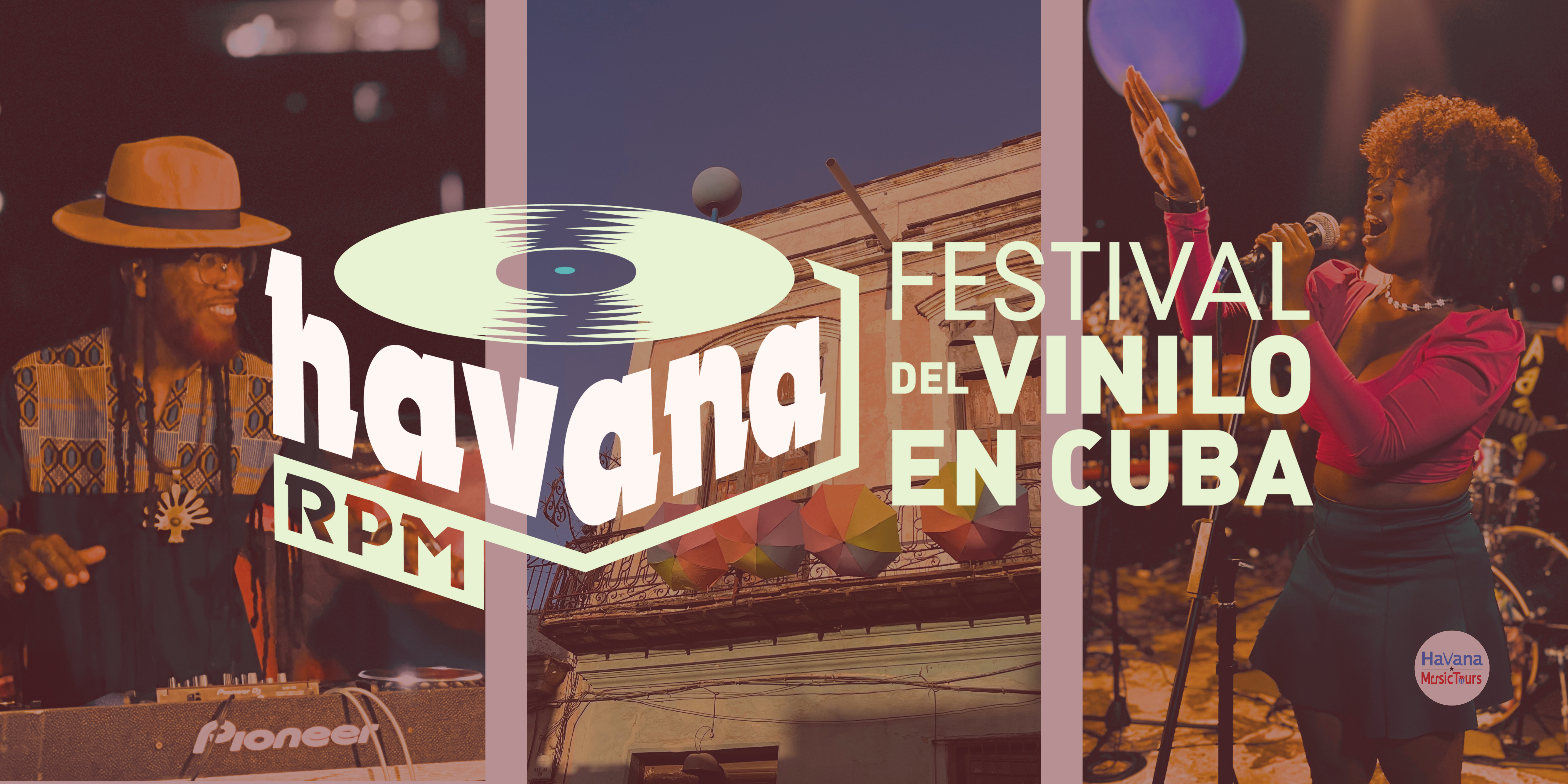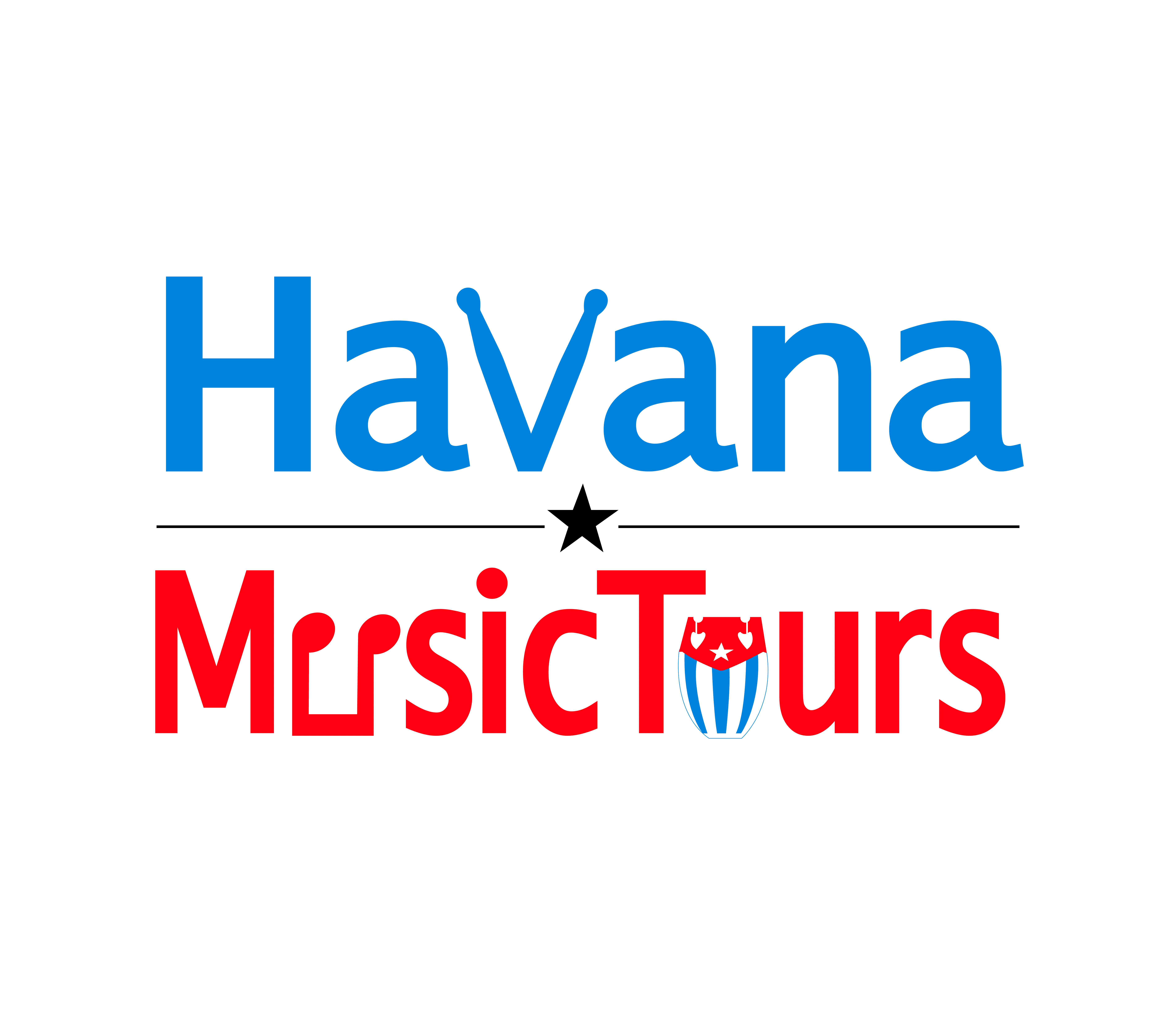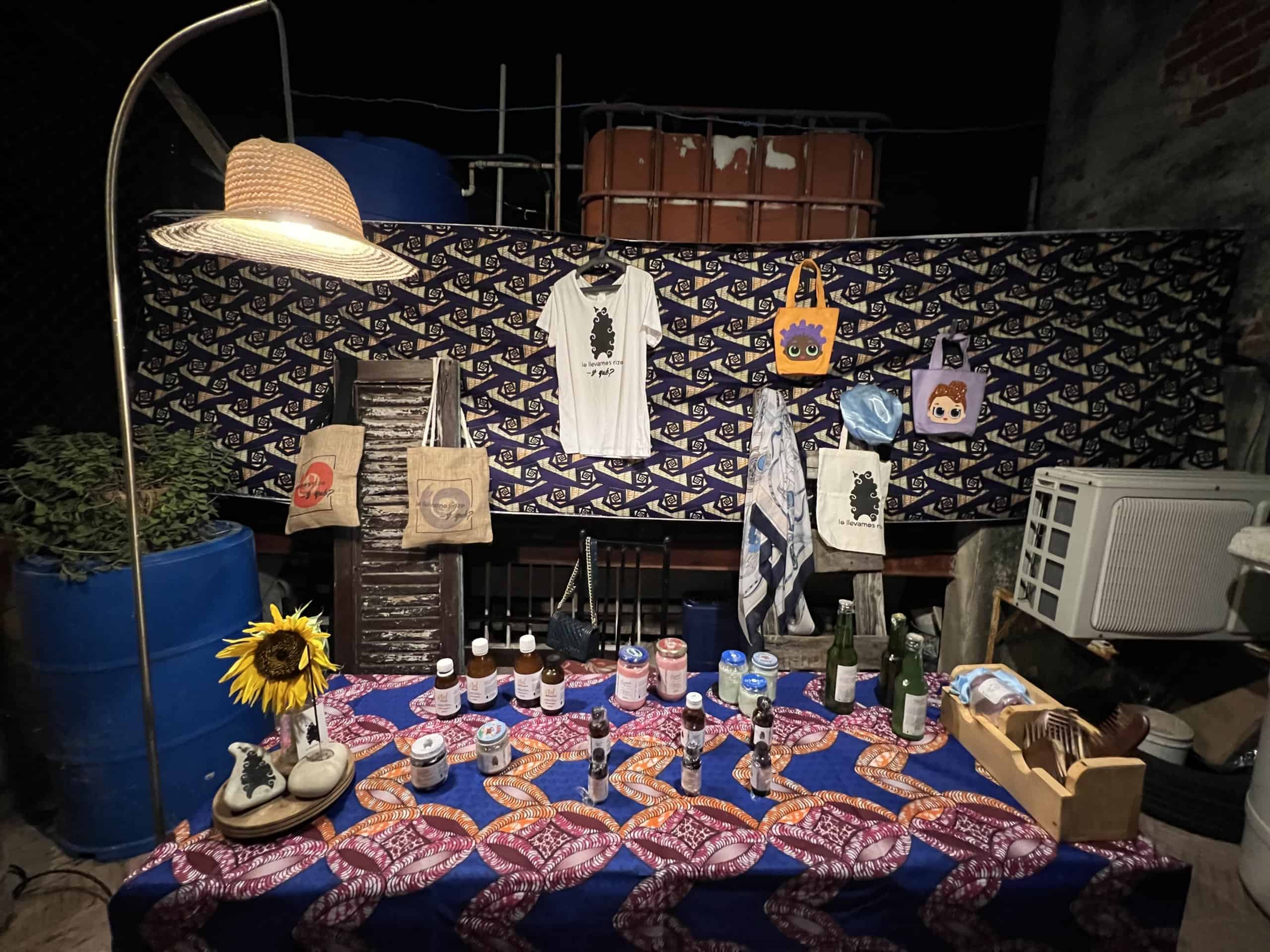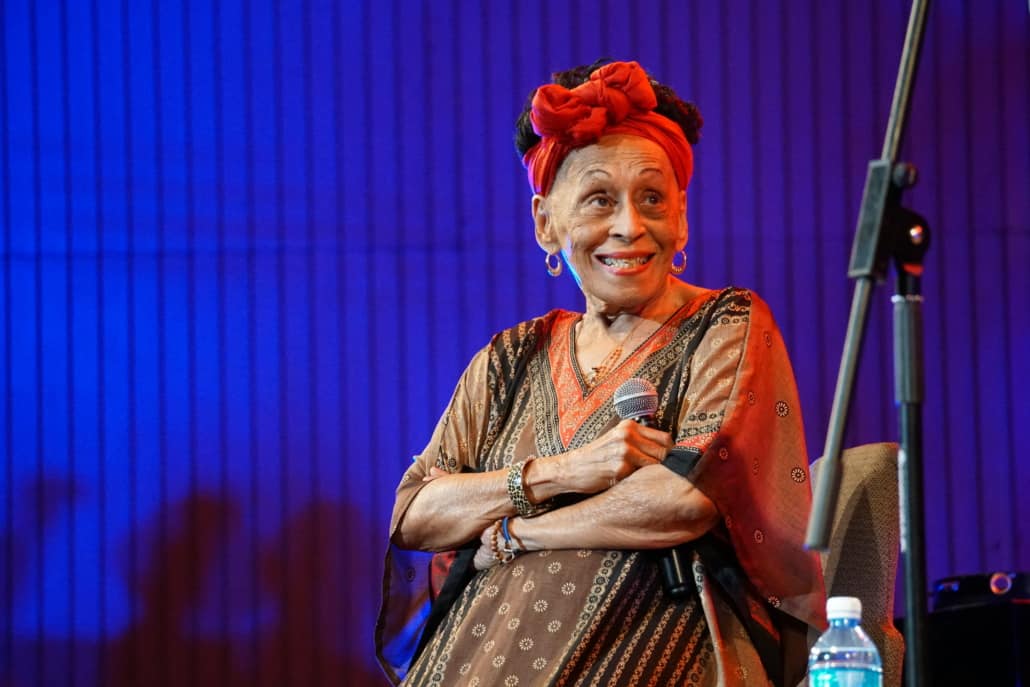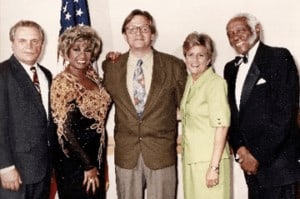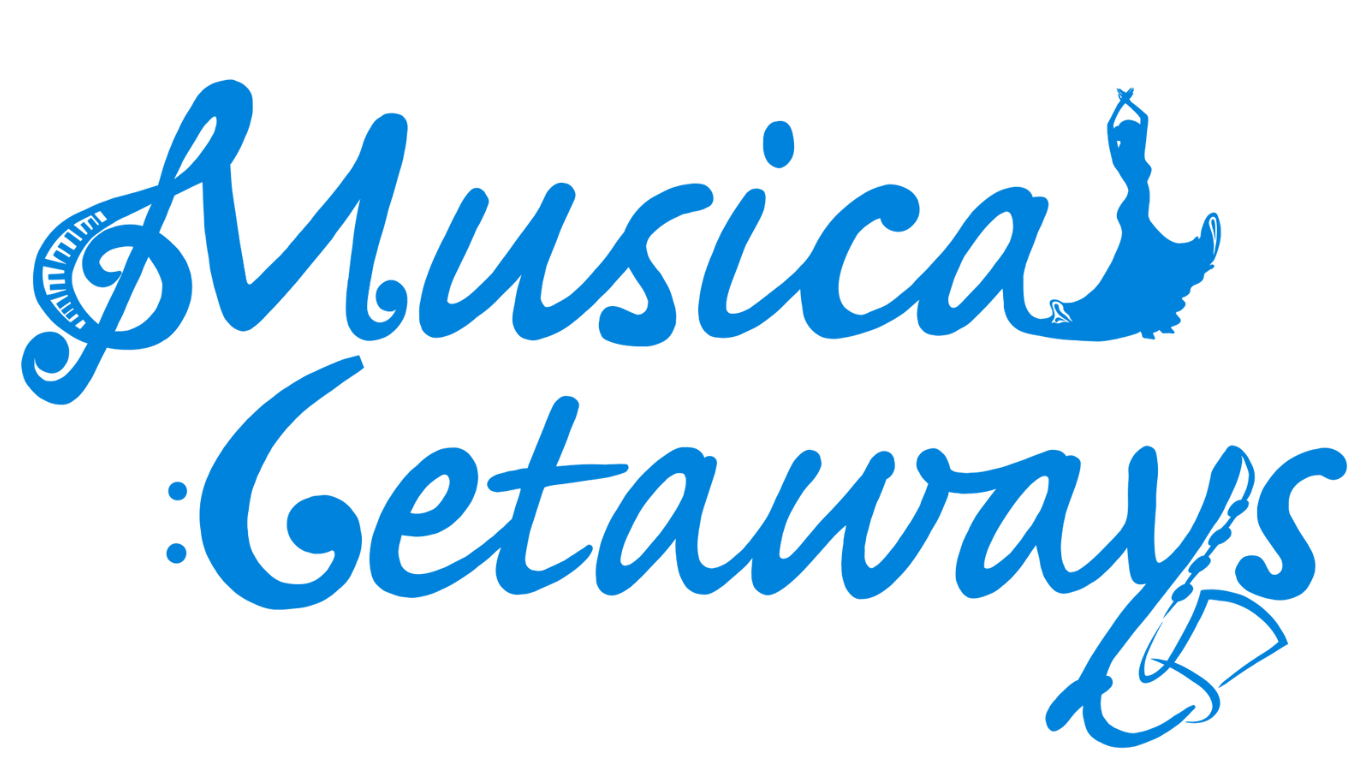Cuba’s Vinyl Vibes: Havana Music Tour feat. Havana RPM 2024
Tour Release
Explore the Heartbeat of Cuba: Havana Music & Cultural Tour feat. Havana RPM Vinyl Music Festival 2024
Welcome to a musical journey like no other, set in the vibrant streets of Havana, Cuba. This November 2024, we invite you to join us for the Havana Music & Cultural Tour, a unique blend of rhythm, culture, and the joy of vinyl music. The inaugural Havana RPM Vinyl Music Festival is highlighting our journey, proudly presented by Guampara Music, Cuba’s pioneering independent record label.
A Tour Through Havana’s Musical Soul
The Havana Music & Cultural Tour is your gateway to the soul of Cuban music and culture.
Stroll Through Historic Havana
Take a leisurely walk through Old Havana, where history and artistry meet. Engage with local artists, discover hidden craft stores, and learn about the musical evolution that has shaped Cuba.
Taste the Authentic Flavors of Cuba
Indulge in the rich flavors of Cuban cuisine at some of the city’s finest paladares. Enjoy moments of culinary delight, and share stories and laughter with fellow travelers.
Move to the Rhythms of Cuba
Whether you’re a dance enthusiast or just looking to enjoy the music, there are plenty of opportunities to move to the rhythms of Cuban music and feel the joy it brings.
A Celebration of Vinyl: Havana RPM Festival
The Havana RPM Vinyl Music Festival stands out as a heartfelt tribute to the timeless allure of vinyl. Over the course of two days, the festival gathers a community of vinyl collectors, music enthusiasts, and those curious about the world of records.
Engaging Conversations and Insightful Discussions
Join us for thought-provoking discussions on the evolution of discography in Cuba, the unique role of vinyl in DJ culture, and the empowering connection between women and vinyl. Gain valuable insights from speakers like Leydi Marrero and Rafael Valdivia, who bring their passion and knowledge to the forefront.
Art, Vinyl, and Everything In-Between
Wander through captivating exhibitions featuring sound-inspired posters by Pepe Menéndez, and explore a marketplace brimming with vinyl, equipment, accessories, and crafts. This is your chance to find that rare gem of a record or appreciate the intersection of visual art and music.
Live Music That Resonates
Feel the energy as the festival stages come to life with Sunset Shows and Main Shows at Stage 45RPM and Stage 33RPM. Groove to the beats of International and National DJs and experience the vibrant performances of invited bands.
Be Part of Something Special
If you love music, are curious about vinyl, and desire to experience the warmth of Cuban culture, the CUBA CULTURAL TOUR FEATURING HAVANA RPM MUSIC FESTIVAL 2024, November 27th – December 3rd, 2024, is for you. Join us for this special journey and create memories that will last a lifetime.
For booking and more information, please visit our tour page.
